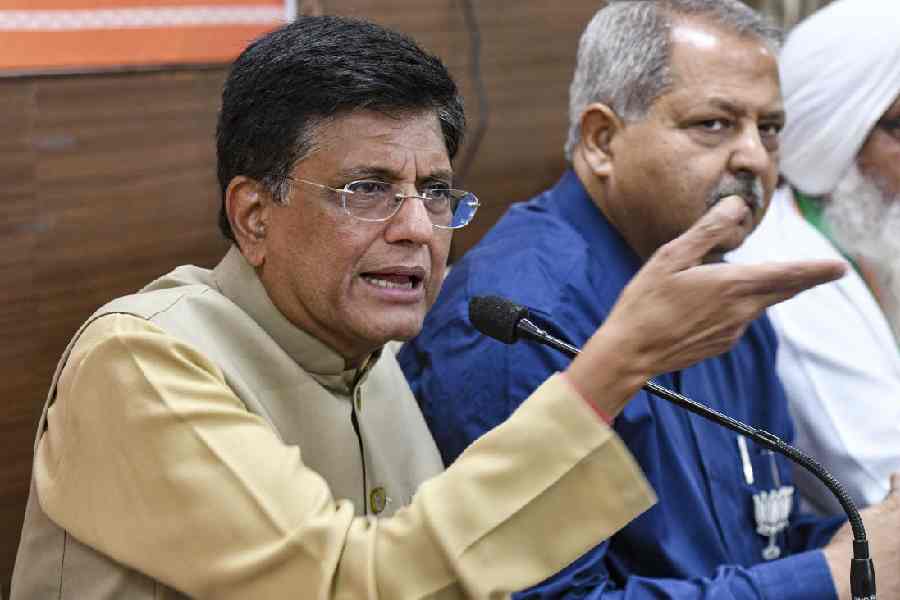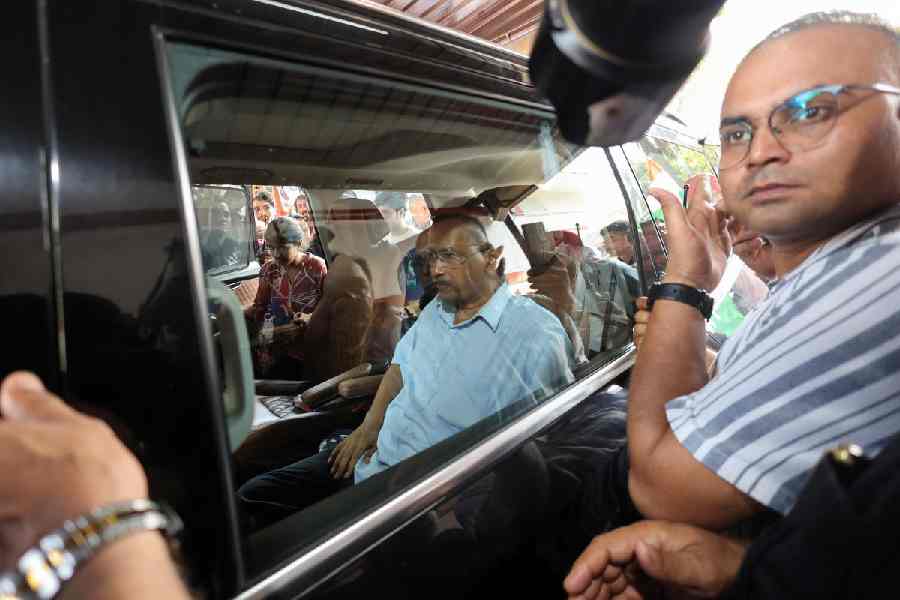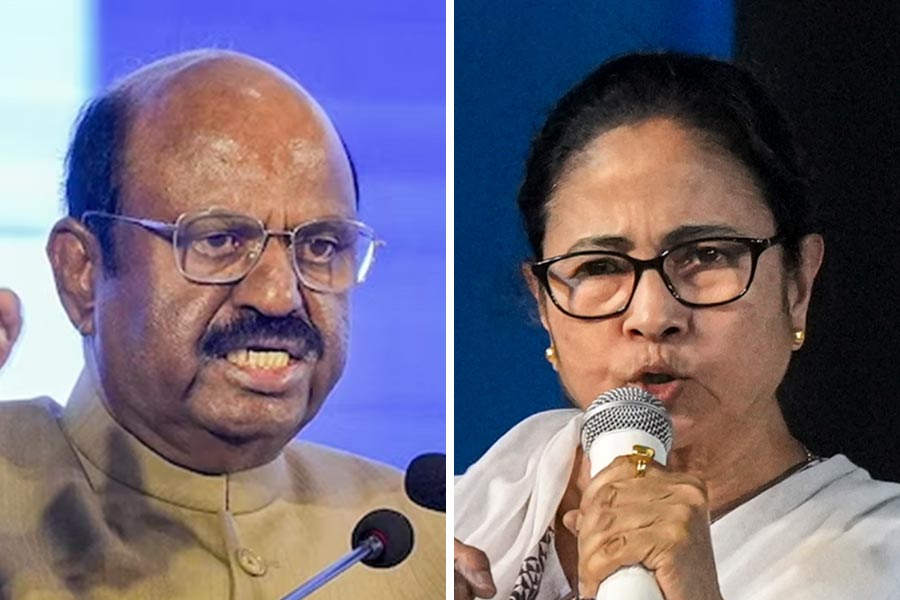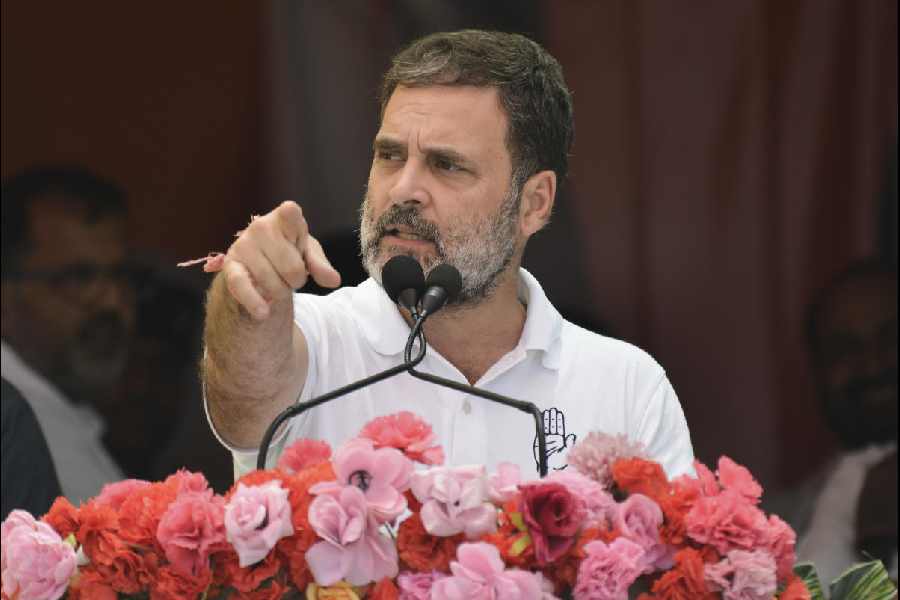In 2010-11, the Indian army decided that it needed a new rifle for its soldiers to replace the INSAS rifles that were in service since the 1990s. The proposal was to buy a Multi Calibre Assault Rifle with an interchangeable barrel, which could be used as per operational requirement. The only problem was that such a weapon did not exist. The whole business was bizarre. However, the army continued with the charade of the acquisition process till it was eventually shelved five years later.
The saga of the rifle didn’t end there. It is an ongoing tragedy that continues till date, encapsulating the ordeals of India’s defence preparedness. In the 1962 war, the soldiers had fought with Lee Enfield .303 bolt action rifles, which were subsequently replaced by the 7.62mm Self Loading Rifle or SLR. Based on the Belgian 7.62mm FN FAL licence-built rifle dating back to 1953, its variants were in service during the 1965 and the 1971 wars and, partially, during the 1999 Kargil conflict.
In place of the SLR came a suite of indigenous weapons developed by the Defence Research and Development Organisation and manufactured by the Ordnance Factory Board, called the Indian Small Arms System or INSAS. In keeping with the global military trends of using weapons to incapacitate the enemy soldier rather than killing him, this was a 5.56mm calibre weapon system. Before this weapon was introduced, a substantial part of the army was deployed in Kashmir for counterinsurgency duties. The soldiers fighting armed militants there preferred neither the SLR nor the INSAS, but the Russian-origin AK-47 rifles of 7.62mm calibre. They were imported in significant quantities from east European countries and given to soldiers in Kashmir.
The indigenous INSAS rifles failed to win the confidence of the army, resulting in incessant demands for their replacement since 2005. It led to the funny requirement of a rifle with interchangeable barrels, a weapon that did not exist. Once it was decided to jettison the outlandish proposal, the search for alternatives began. The army was keen on an imported weapon — IWI, Ceska, Colt, Beretta, Sig Sauer and others were considered. As defence minister, the late Manohar Parrikar was resistant to the idea of importing a foreign rifle in bulk as the standard service assault rifle. He tried to push the DRDO and the OFB but could not achieve anything before he chose to return to Goa as chief minister to conjure up a Bharatiya Janata Party government with defectors.
As a desperate measure, the army decided to procure a US-made rifle under the fast-track mode in 2019 and 2020. Sig Sauer 716, a 7.62mm calibre rifle, was chosen. But there was no money with the Narendra Modi government to buy around eight lakh Sig Sauer rifles for the whole army. The late General Bipin Rawat approved the jugaad of procuring two lots each of nearly 72,400 Sig Sauer 716 rifles from the United States of America. These rifles would only be given to frontline soldiers of infantry battalions deployed in operational areas while the bulk of the weapons for the army would be with ‘reduced technical specifications’. It was a rather unusual solution because frontline soldiers trained on one weapon would be using another one in operations. No other modern army resorts to such scheming with its soldiers.
While the first tranche of Sig Sauer rifles was delivered with no modern attachments, the second order failed to materialise for the want of funds. The bigger story was with the other rifle, one with ‘reduced technical specifications’ that was to be given to most of the soldiers. During his election campaign for the 2019 general elections, Modi inaugurated an OFB factory at Korwa in Amethi, Rahul Gandhi’s former Lok Sabha constituency, to build Russian AK203 rifles for the army. Indo-Russia Rifles Private Limited or IRRPL was a joint venture with a 50.5% stake for OFB, 42% for the Kalashnikov Group and 7.5% for Rosoboronexport, Russia’s State-owned arms export agency. The plan was for IRRPL to import some 70,0000 AK-203 rifles to meet urgent operational needs, followed by the licensed production of around 600,000 weapons in 10 years.
The Russian rifles were to be available within months and hyped as a major accomplishment of Modi’s ‘Make in India’ programme in defence. But the deal ran into numerous problems. The biggest among them was of payment of royalties to Russia and transfer of technology for the indigenous content to be incorporated into the rifles. The cost of the weapon made no sense. The estimated cost of each AK-203 rifle, built under Russian licence, was around Rs 86,000, which would drop to around Rs 80,000 over time due to amortisation of costs. In contrast, the Sig Sauer rifle costed Rs 72,782 at that time.
Some of these issues seemed to have been negotiated with the Russians when the army chief, General Manoj Pande, announced in January that the first batch of 5,000 AK-203 rifles would be delivered by IRRPL to the army by March 2024. These were to be part of the 70,000 rifles produced by September 2025, with indigenous content of 5% to 70%. It fitted with the defence ministry’s indigenisation list under Modi’s Atmanirbhar Bharat Abhiyaan that barred the purchase of foreign assault rifles after December 2021. The pledge has been discarded with the Modi government recently approving the import of another 73,000 Sig Sauer assault rifles from the US for Rs 840 crore. It suggests that IRRPL has failed to meet its delivery commitments for AK-203 rifles, once again.
This twisted tale of procuring assault rifles, the basic weapon of the infantry soldier, best illustrates the equipping woes of the armed forces. Many of the troubles are due to self-imposed impediments induced by the military. The rest can be laid on the doors of the government. Little that has gone wrong is because of bad luck or misfortune. Everyone is working in silos, blaming other stakeholders. The end result is that the army wanted to replace the INSAS rifles in 2005 but is yet to do so after 18 years.
First, the army sought an outlandish weapon. Then, every new army chief had his own idea about the kind of rifle needed. When the need became urgent, the former defence minister, Parrikar, insisted on an indigenous rifle. Then the Modi government did not provide the funds for importing a modern assault rifle for all soldiers. This led to emergency procurement of a small quantity in 2019, with another lot being purchased from the US. Our soldiers will thus be using two different types of rifles, one American and one Russian. Which other modern army in the world has such a weird mix of assault rifles for its soldiers? Has it not thought about the problems of fielding multiple weapon types with different spares and ammunition?
The need for a political propaganda resulted in an overhyped announcement of the production of Russian rifles in Amethi under the rubric of ‘Make in India’ and atmanirbharta. The project was neither cheap nor is it producing the most advanced of weapons and has still not met the stipulated timelines. All this while our soldiers have been deployed to counter the Chinese threat on the disputed border. These delays in licensed Russian production of an assault rifle do not provide much confidence about India’s ability to counter the strategic threat from China.
Imports and licensed production are only a short-term solution to immediate operational needs. There is no alternative to an indigenous defence industry that spends adequately on research and development. Ukraine’s recent woes are a great example of the handicap imposed on a country that does not produce weapons indigenously. During the 1971 Bangladesh war, India supplied the Mukti Bahini freedom-fighters with rifles and carbines produced by our ordnance factories. Today, the government finds it tough to replace the army’s basic assault rifle. India deserves better.
Sushant Singh is lecturer at Yale University and Senior Fellow at Centre for Policy Research in New Delhi










